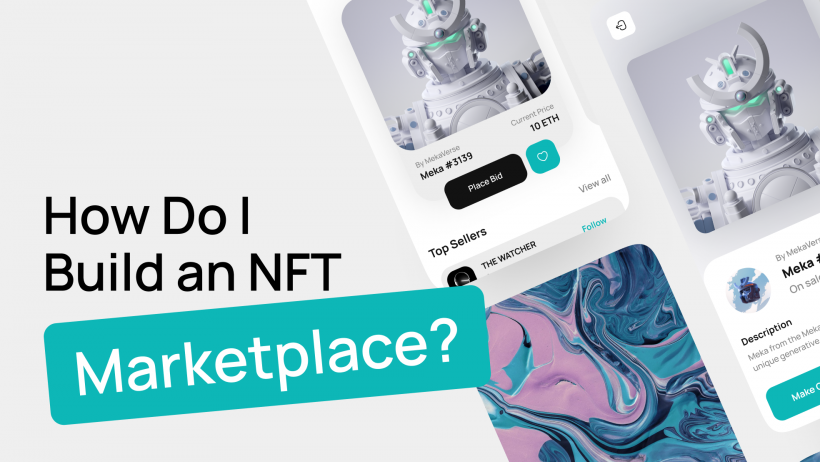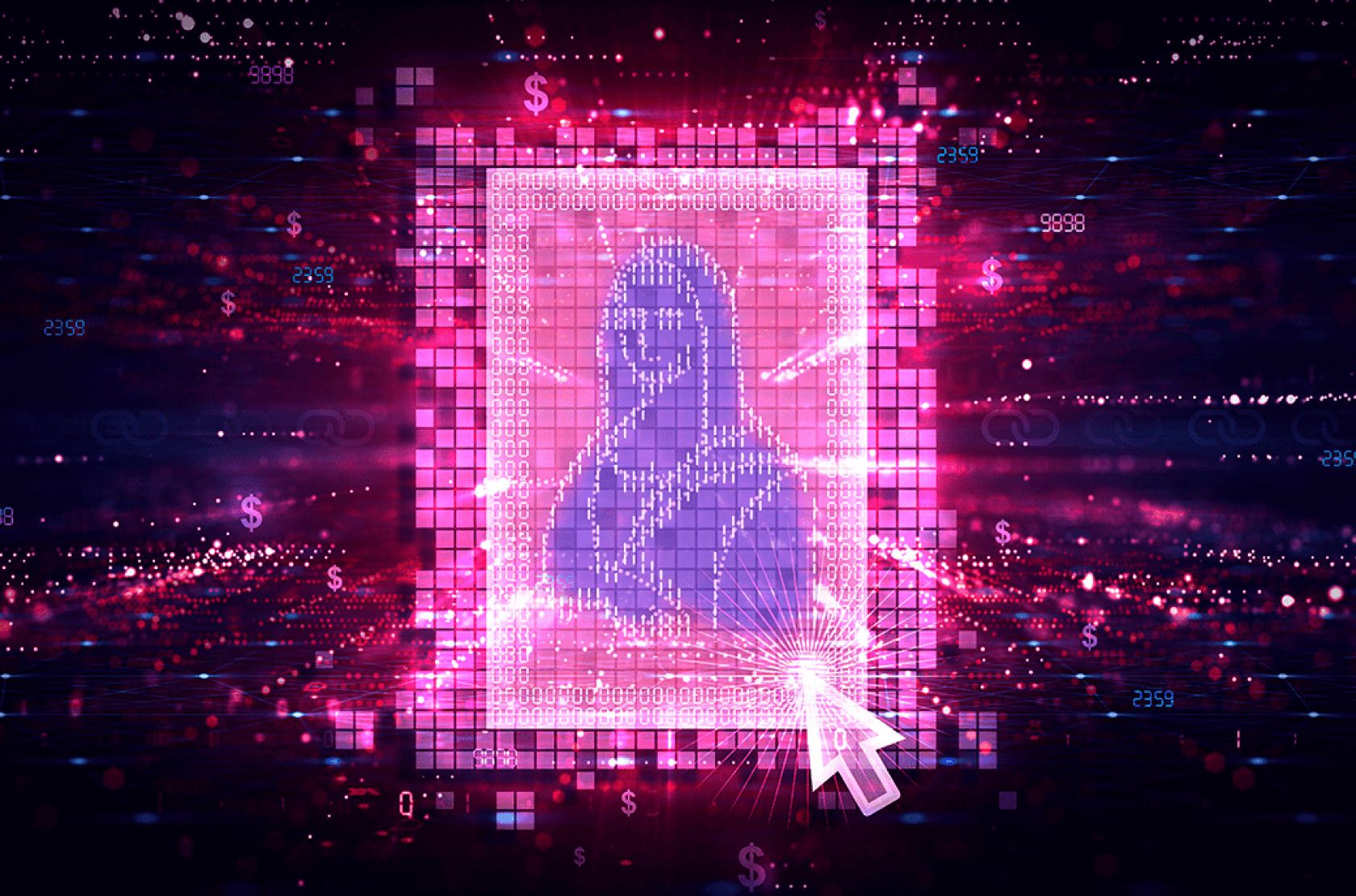With an NFT marketplace, you can buy, sell, trade digital goods. The marketplace can issue its cryptocurrency or accept a variety of cryptocurrencies. The recommendation is to work with a developer; their firm will help you with NFT marketplace software development and other crypto solutions. They will also help you with:
- Token Implementation: Design, Development, and Issuance of Your Own Crypto Token.
- Initial Exchange Offering (IEO): IEO can be a profitable way to raise funds for your business without any risk or technical overhead.
- Fiat Payment Integration: Integration to accept FIAT Payments (Credit Card, PayPal, etc.).
- Airdrops & Marketing Campaigns.
- Exchange Listings.
Such services are not cheap, but you can pay in your token or cryptocurrency for these services.
The advantage of getting into such a marketplace is that you don't need to pour many resources into marketing or customer acquisition. You do not even need customers because the assets will find their purchasers and trading partners on your platform. Or, you can sell your digital asset on the existing marketplaces.
Before you know how to create a nft marketplace, it is best to understand some of the terms.
What is NFT?
Non-fungible tokens are unique, ERC721 tokens. They are different from fungible tokens, also known as ERC20 coins. Two examples of NFTs are CryptoPunks and FUEL Tokens.
What is ERC721?
ERC-721 is a free, open standard that describes how to build non-fungible or unique tokens on the Ethereum blockchain. It allows for the deployment of entirely custom digital assets.
What are fungible tokens?
Fungible tokens are all the same and can be interchanged with each other. A fungible token is one that you cannot differentiate from another unit of the same type, for example, 1 ETH or 1 BTC. There are no individual characteristics to distinguish between tokens of the same type because every unit is equivalent.
What is NFT Marketplace?
It is a market where you buy and sell NFTs. It can have its cryptocurrency, called a protocol token. Or it may accept any cryptocurrency in exchange for the tokens, which represent the traded assets.
What should you look for?
The following are some critical components of a booming NFT marketplace:
- They should have a fast, clear contract
The contract needs to be well-written and efficient. Dealing with many different contracts can be confusing as they all behave differently. Make the process flow as smooth as possible for your users.
- They should show transparency
It means your NFT marketplace should be open-source. It will allow the public to inspect the code and validate it is safe, removing trust from the equation.
- The marketplace should have low fees
You want to keep costs as low as possible while still being profitable. The lower you go, the more money you save users, leading to increased demand for the marketplace.
- They must have an excellent user interface
The best NFT marketplaces have intuitive interfaces which are accessible via mobile devices. Your users should easily navigate your platform, communicate with other users, and transact without any problems.
If you plan to build nft marketplace, keep reading to learn how to build the marketplace;
1. Set Up the Back-End
To start, you need to have an Ethereum address. It is recommended that this be a multisig wallet. Here are some examples of multi-sig wallets:
Coinbase Wallet
You can use MyEtherWallet for your first smart contract. The easiest way to do so is through their interface. If you're importing, you must use the compressed WETH method.
2. Create Your Token
Create your token using MyEtherWallet or Ethereum Studio. You can look at this example to get started, but here are some general steps:
Create a token address in which you will deploy your contract. It should have the same number of decimal places as the Ethereum contract expects. You don't need to have a blockchain; create a simple multi-sig wallet.
Now set up your token contract:
The Web3 Deployer Address
The address of the ERC721 smart contract you will deploy; can be created with MyEtherWallet. URL: The address of your multisig wallet. Gas Limit: 100000.
3. Deploy Contract to the Blockchain
Once the contract has been created, you need to deploy it to the blockchain using MyEtherWallet or Ethereum Studio. Ensure that all the information is correct before pushing the "Deploy" button. There is no turning back once you've deployed the contract!
4. Installing Metamask
It requires Metamask to function, so if you haven't already downloaded it, please go ahead and do that now. It only takes a few seconds, and they make your life much easier in the future.
5. Setting Up Your Marketplace
Now that you've deployed your contract to the blockchain, you need to make it accessible. The best way to do this is by hosting it on IPFS (InterPlanetary File System). It is like a decentralized storage system for any file. Since smart contracts are essentially just files, they can be hosted on IPFS in the same way a picture or website can.
These steps on how to create an nft marketplace will help you to sell nft tokens and other crypto assets by using Ethereum. It is a secure method of creating your multi-sig wallet and deploying the contract.
Why is the NFT marketplace popular?
There are several reasons why NFT marketplaces are gaining popularity, including:
A. The NFT marketplaces are the bridge between your physical goods and digital goods
The bridge between physical goods and digital goods is NFTs which are the objects of unique identity. These are different from other virtual currencies because they have more utility value. For instance, if you own an NFT of a virtual sword, it will be assigned to your ERC721 token address. You can then give or trade it with anyone with an ERC721 wallet.
B. NFT marketplaces are the only way to trade in-game items for crypto assets
NFTs can also be used in various games traded for cryptocurrency. These tokens may represent ownership of the game's artwork, characters, or other aspects that you would not want to lose when the game shuts down.
C. They can also be used to verify ownership of collectibles like artwork
NFTs are the only way collectors can prove ownership of their physical goods since they have a unique identity that cannot be replicated or faked. For instance, you own the only copy of the Mona Lisa, and you've decided to sell it. By creating an NFT of the Mona Lisa, you can prove ownership by verifying the NFT's identity with a blockchain explorer.
In a nutshell, if you are in a dilemma of building an NFT marketplace, this guide will help you create your multi-sig wallet for Ethereum. And then deploy the contract to tokenize any collectibles or physical goods. After that, host the NFTs on IPFS, and you have your marketplace ready!




